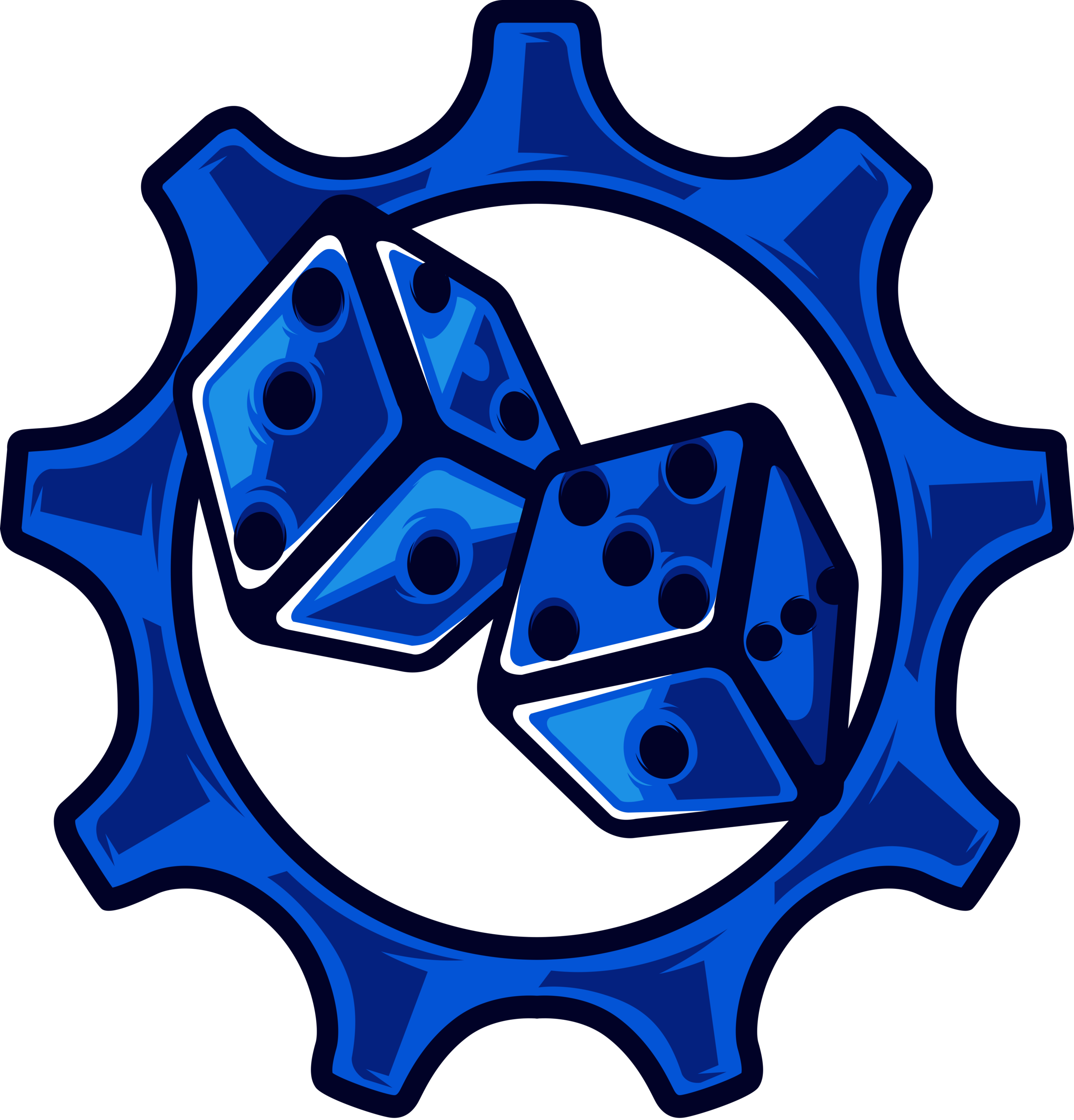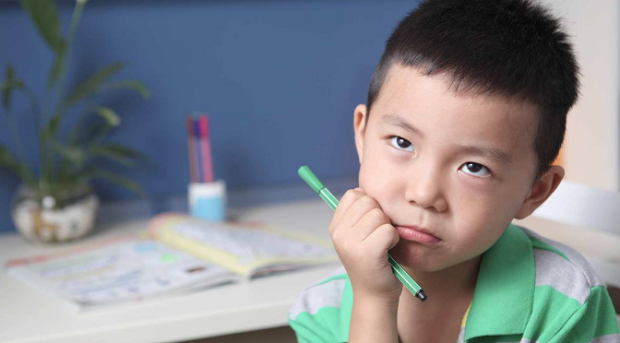Running RPGs for Children
Authored by Brook Hubbard
Children – they are the future; I know that sounds cheesy, but it’s especially true for geek hobbies. Without newer generations, everything from comics to cosplay to tabletop gaming could go the way of stamp collecting or ham radio.
Finding board and card games for children has some obstacles, but there’s still a decent market overall. Roleplaying games, however, are a more daunting task – not just in finding the right game, but in running it.
Recently, I’ve seen more people asking advice on running RPGs for kids for a multitude of reasons. It honestly doesn’t matter if you’re doing this for educational purposes, bringing your children into the fold, or just for fun – GMing for kids is a fruitful, but challenging task.
What follows is my advice, as a long-time role-player and parent educated in human development. This article is a focus on pre-adolescent children; also, please remember that this is general advice, as each child will be different (something I’ll discuss later).
Source: The Brown Bag Teacher
Play to their Cognitive Age
The most obvious point is that children are not adults and do not think like them. Regardless of which psychological theory of development you follow (if any), kids often lack the same cognitive abilities as grown-ups.
For example, young elementary school children often struggle with logic or cause-and-effect and filter everything through what they want. As kids grow, they start to see through others’ eyes, yet they still struggle with abstract or hypothetical thinking.
What this means is that your game must consider the capabilities of your group. You should not necessarily provide the same puzzles, conflicts, etc. you would for older players.
A group of 1st or 2nd graders may not understand the consequences of their actions, and self-interest reigns over selflessness. These players can struggle with diplomatic dilemmas, may wade headfirst into traps, and probably choose treasure over less tangible rewards (like power or fame).
Even if your group consists of 5th and 6th graders, be careful with stories that require deductive reasoning, like Sherlock Holmes-esque mysteries. These players do better with examples or straightforward clues, so make sure traps and enemies can be observed to be defeated.
Also, please choose a system that matches their current education and comprehension levels. D&D may be too complicated for Kindergartners, let alone the Hero System or Rolemaster; instead, try simpler systems, like Fate or Dungeon World, or games designed for children, like Hero Kids and Little Wizards.
Understand their Social Age
Like cognitive age, children have different social and emotional development from adults. When playing an RPG with them, you need to be prepared for how they handle and process success and failure.
Whether fresh from Kindergarten or preparing for Middle School, this is an age where kids want to prove themselves. When playing a game, it’s imperative that they succeed and feel like they were responsible.
Games that rely heavily on die rolls may be easy to grasp but failure can weigh heavily on a child’s mind. They may not understand that it’s all just randomness and might take a bad roll or contest worse than many adults.
Now, I know there’ll be detractors out there who say, “How will they learn that life isn’t fair if you coddle them?” I’m sorry, but that sort of “tough love” has no place at a table where children are learning to be champions of their destiny.
Instead, this might be the perfect time to help develop the self-esteem and sense of competence kids need. Fudging dice rolls or making failures have benefits are highly recommended, especially the younger the player; when they do succeed on their own, award them with praise and celebration.
Comprehend their Attention Span
Let’s face it – every parent is aware of the attention span of your average grade-schooler. It lays somewhere in the extremes of “Oh, look, squirrel!” to yelling their name repeatedly.
Educators have several formulas and theories to determine how long a child can focus. Although games are more fun than class, the concept is just as important.
If your group is 5-7 years old, you might only be able to play for 20-30 minutes before taking a break; up to 11, you can probably push it toward an hour. Even then, sessions should be limited as young brains will wander; I recommend no more than an hour (for the youngest) to 2-3 hours (for 6th graders).
To help retain attention, you should cut out all outside distractions as well. Use a quiet room, with no television or music nearby, and no electronics at the table.
Also, especially in this digital age, if you don’t keep them fascinated, they will become bored and wander. Use visual aids (figures, maps, etc.), practice great storytelling (voices, sound effects, etc.), and if a player starts to lose attention, bring them back by putting the spotlight on them.
Source: DnDnG
Recognize their Maturity
To be fair, this topic is something you should be doing with any group. You’ll see plenty of advice on social contracts, X-cards, etc. that make sure everyone at the table knows the themes and limitations of the game.
Children, however, are still on that path toward appropriate behavior and thoughts. You should expect bathroom and juvenile humor, with jokes about private parts, bodily functions, etc.
How you approach this is entirely up to you and what you think is best for your group.
Some adults might embrace the latest fart jokes or slapstick, as they know it will keep their player’s focus. Games that reflect the chaotic silliness of modern television might be the perfect way to captivate a group of children.
Other GMs might choose this opportunity to help their players learn acceptable behavior. They might curb bathroom humor and insist on appropriate language; RPGs are also the perfect time to teach kids social skills and inclusivity, especially if your table has a diverse group.
That being said, you must understand that kids will be kids, so expect there to be moments where someone mentions goblin butts or dragon poop, followed by laughter and distraction.
Know Your Kids
All the above is general advice, but as I mentioned when I started, each child will be different. Some will be more mature, educated, or advanced; others might struggle, especially if they have learning disorders or social and psychological barriers.
You should be familiar with the capabilities and mindset of your group, especially if any of them are your children. Play to their strengths and help them with their weaknesses; as I said earlier, this is the best time to help a child develop self-confidence, self-esteem, and diligence.
Most importantly, make sure your group is having fun. Even if you’re using RPGs for a different purpose, like education or social skills, if the children aren’t enjoying the experience then it’s not working.
Although some might consider GMing for kids to be more work (and less fun for themselves), I can assure you it’s worth it. Whether it’s a Kindergartner defeating the clockwork giant, a 3rd-grader piloting a starship through an asteroid field, or a 6th-grader figuring out the order of stones to unlock the treasure… the look of awe on their faces is all you need.
Remember, these are the next generation of gamers, and it’s up to us to keep them as fascinated with RPGs as we were at their age.
Pop Culture Uncovered // Authored by Brook Hubbard
(This review was originally posted on Pop Culture Uncovered.)





